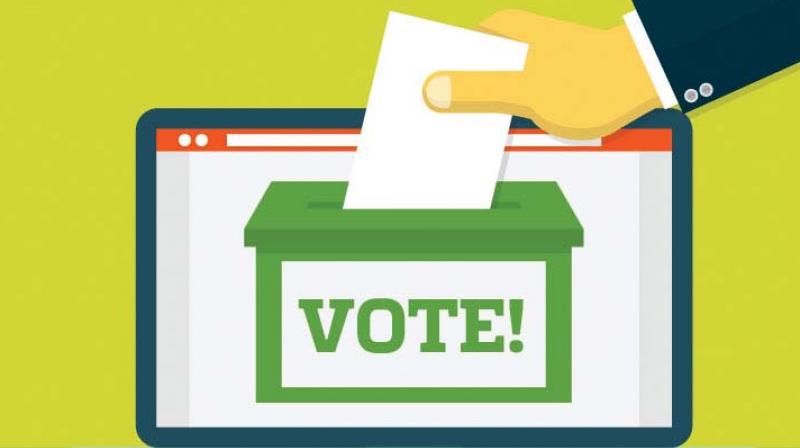Internet voting ahead?
A whole clutch of countries, starting with the United States of America in 2000, have attempted, tested and implemented Internet voting.

As the voter turnout in Bengaluru dipped to 51% on 18 April 2019, the question of remote Internet voting using online and digital systems came to the fore once again.
The idea is a simple one. If the voter cannot and does not come to the polling booth, can the polling booth go to him or her? Will it not be the easiest thing to do in this day and age of technology-enabled everything? India is after all at the cutting edge of it all, at least in terms of producing and putting together tech platforms. Why must we not aspire for remote Internet voting as a reality to look forward to?
I am personally excited by it. But excitement alone shall not deliver this convenience to the voter in India. There is a lot to contend with. A lot to think about and a lot to ensure as safeguards before we can dream the Utopian-dream of Internet voting.
For a start, it is interesting to note that Estonia has implemented remote Internet voting for the entire electorate. A whole clutch of countries, starting with the United States of America in 2000, have attempted, tested and implemented Internet voting. None have really embraced it with as much passion and width as Estonia has. But then the size and population of Estonia must be size of the population of 21 BBMP Corporation Wards.
While the clamor for remote Internet voting persists, we must appreciate that we have a form of remote postal voting in practice in India already for decades. The postal ballot! A tool used to offer the right to franchise to a set of people who are possibly occupied with work and distanced from where they are meant to be. While remote Internet voting can be practiced as a replacement for these forms, I do believe a countrywide Internet voting has its own sets of perils. Remember, we are a robust and raucous democracy.
The current system of electronic voting with the help of EVMs has its own strengths. It ensures that one person gets one vote. It ensures that the person is able to cast his or her vote without prejudice, fear or favor. It helps keep the vote secret. And it helps ratify that the vote has been cast by the person who has the right to that very specific vote. And the voter needs to turn up at the booth to be verified.
An electronic remote Internet voting system robs all of this. Yes, it offers the merit of the vote going where the voter is, but the downsides and perils of the system far outweigh its merits.
Therefore, for now, we will need to suffer the fact that our Democratic process will have participants and non-participants. The participants will decide for the non-participants as to who will rule them. In Bengaluru, for instance, 1 person has decided for 2 registered voters as to who will rule us for the next five years. So be it!
Harish Bijoor is a Brand Guru & Founder, Harish Bijoor Consults Inc.

